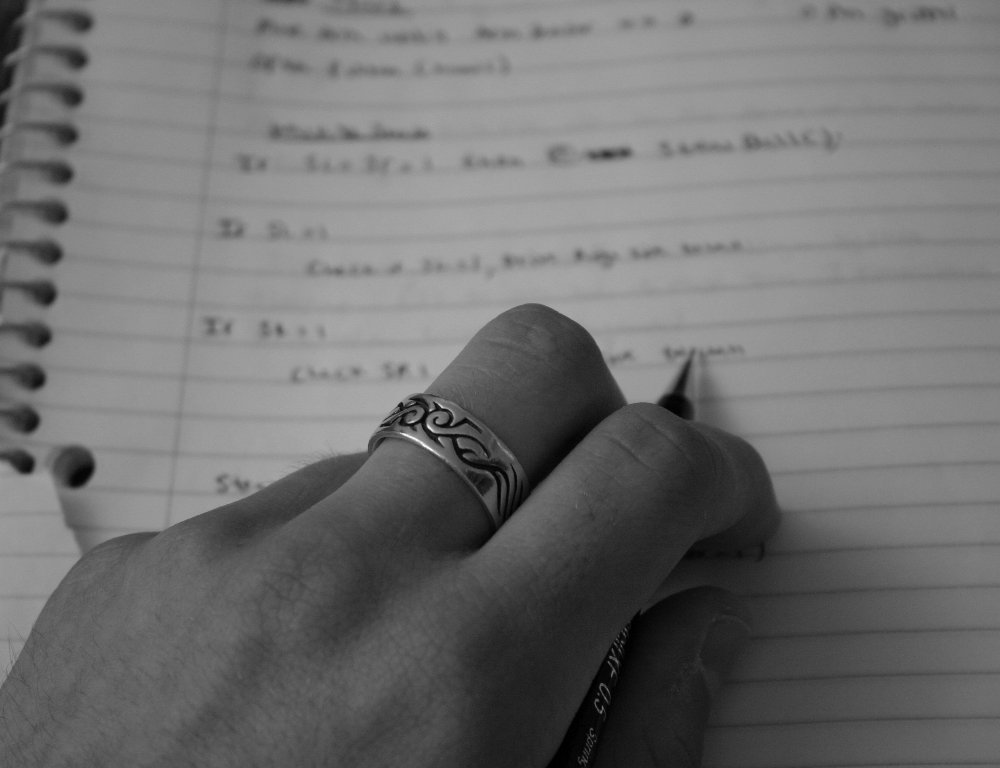
Every now and then, technology lets us rest our aching thumbs from the frantic tapping process involved in emailing, chatting, et cetera, through our smartphones and then we remember our fingers are useful for more activities than merely holding our handsets. On the other hand, we try to refrain our children to use the phone too much and instead try to enforce perfect handwriting on then. How, then, about leading by example and practicing the handwriting ourselves?
Handwriting is an art that is never perfected.
Three starting points will help us overcome any fear of handwriting: First, when it comes to developing motor skills in our fingers, size matters: the smaller, the better. Manipulation of tiny objects that we can roll and twist in our hands (without pricking ourselves) is a second to none therapy for our hands to get a better understanding of our brain. Second, let us practice the tripod grasp when handling pencils and pens, ring and pinky fingers firmly rolled pressing the pan and the other three grabbing the writing device. Third, try writing every letter when possible from the top, since drawing letters from the same start point will help this task be made routine and improve it. Find practical examples in this video and in the website yumstheraplay.com!
Key Takeaways:
http://fox13now.com/2017/06/27/easy-ways-to-develop-handwriting-skills/
Do You Need help with a Dysgraphia Difficulty?
Our simple online analysis will help you get to the core of the problem and find the right solution for you.
Understanding how to help someone with a learning difficulty starts with understanding which micro-skills are affected. When you learn which of the micro-skills is the problem, you will then be on your way to solving it.
You'll also learn how to:
- Build confidence
- Enhance Learning ability
- Eliminate avoidance
- Build grit
You can get this analysis for free by filling out this simple form. This will help you get to the bottom of a learning difficulty and provide you with a solution. If you are ready to put this problem behind you click the button below and fill out the form.







